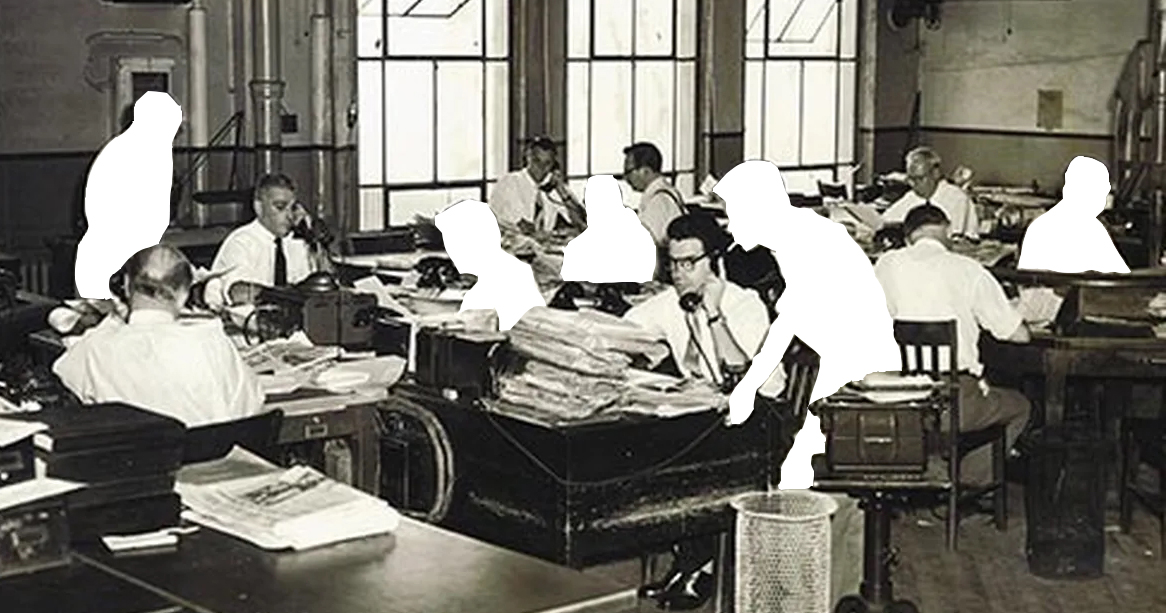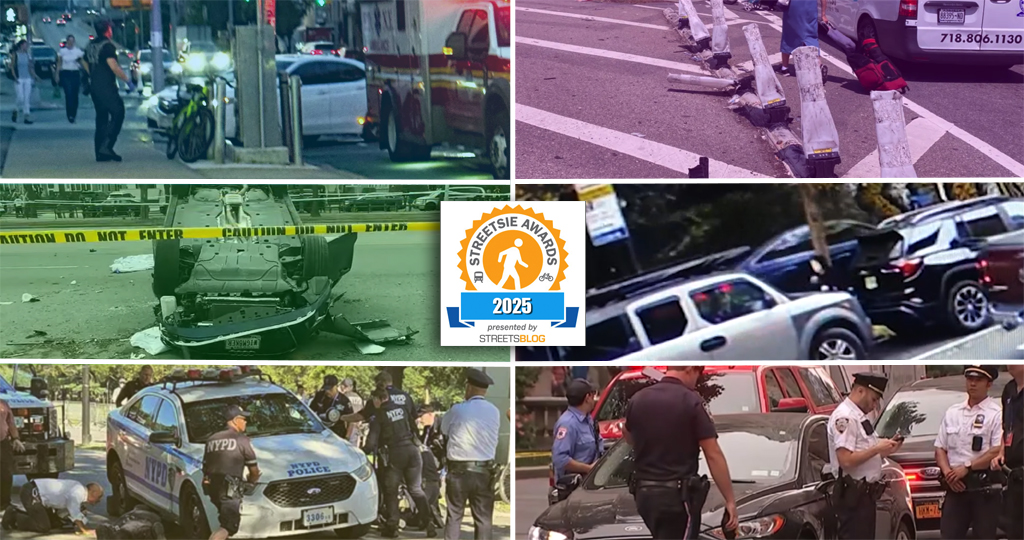
Next month will mark nine years since Hurricane Katrina devastated New Orleans, flooding nearly 80 percent of the city. In the wake of disaster, the city has demonstrated remarkable resilience. Its population has rebounded to about 86 percent of where it stood before the flooding.
But a new report from transit advocacy group Ride New Orleans [PDF] shows the city's transit system is nowhere near its pre-Hurricane strength. Evan Landman at Human Transit shares the details:
Some key points from the report:
- In 2004, RTA's peak fleet was 301 buses. By 2012, that number had dropped to just 79.
- Revenue hours declined from over 1 million prior to the storm to fewer than 600,000 in 2012.
- By 2012, only 36% of the pre-storm daily trips had been restored.
- In 2012, no bus routes in the entire system operated at 15 minute or better frequency, down from 12 previously.
- Meanwhile, overall service level on the city's historic streetcar routes declined by only 9%, and the number of available vehicles (66) is the same today as in 2005.
What accounts for the difference between the relatively robust network of 2005 and today's service offering? Obviously no transit agency would have an easy time recovering from the damage done to its vehicles and operational infrastructure by a catastrophic event like Katrina. It would be ludicrous to suggest otherwise. But nearly a decade on, something has prevented RTA from ramping back up to its prior service level.
Ride's analysis points to a number of factors. First is a decline in fare revenues, attributable both to the smaller population of the city since the storm, the diminished service offering, and a base fare of just $1.25 which hasn't increased since 1999. Second, since the storm, RTA's operating costs have increased dramatically, to around $168/revenue hour. This is much higher than many peer agencies, and as such limits the amount of service RTA is able to deploy with its current resources. The report also raises questions about the agency's decision to prioritize the restoration of the historic streetcar system.
Elsewhere on the Network today: Biking Toronto says cyclists are really enjoying the city's brand new protected bike lanes. FABB celebrates the opening today of D.C.'s Silver Line. And Rebuilding Place in the Urban Space writes that Richmond, Virginia's transit system is increasingly inadequate, but city-county politics present a threat to expansion.





